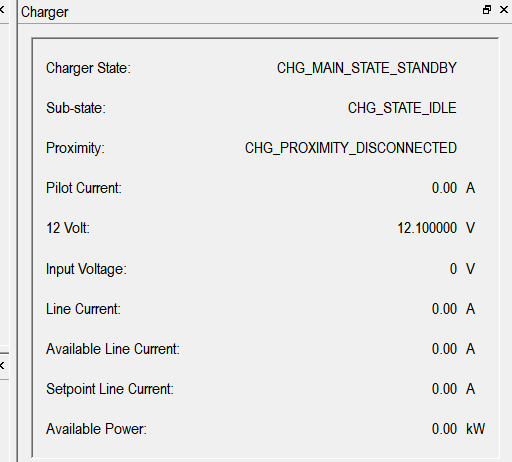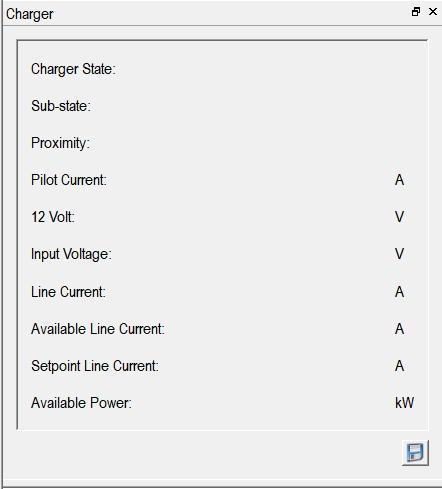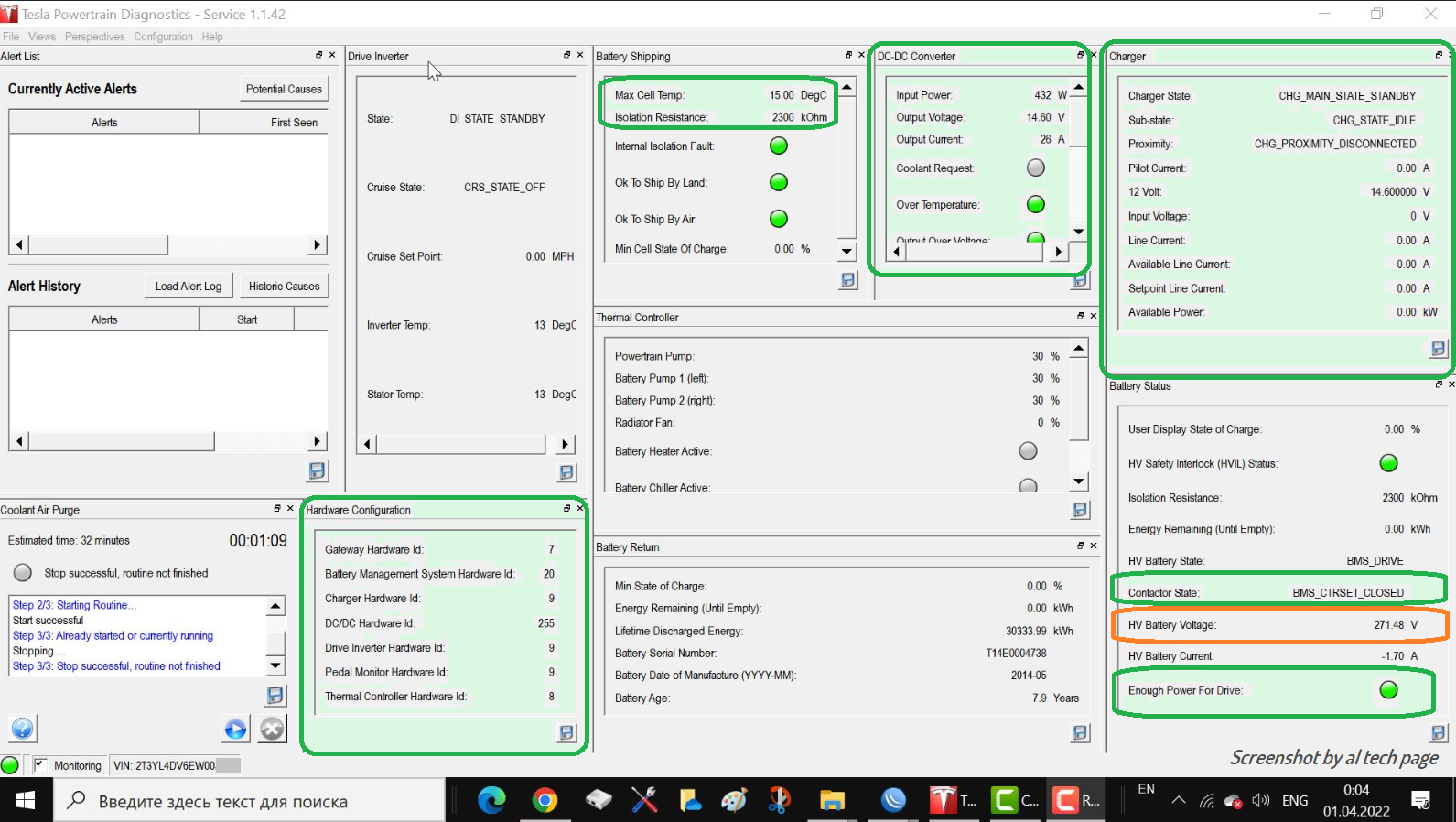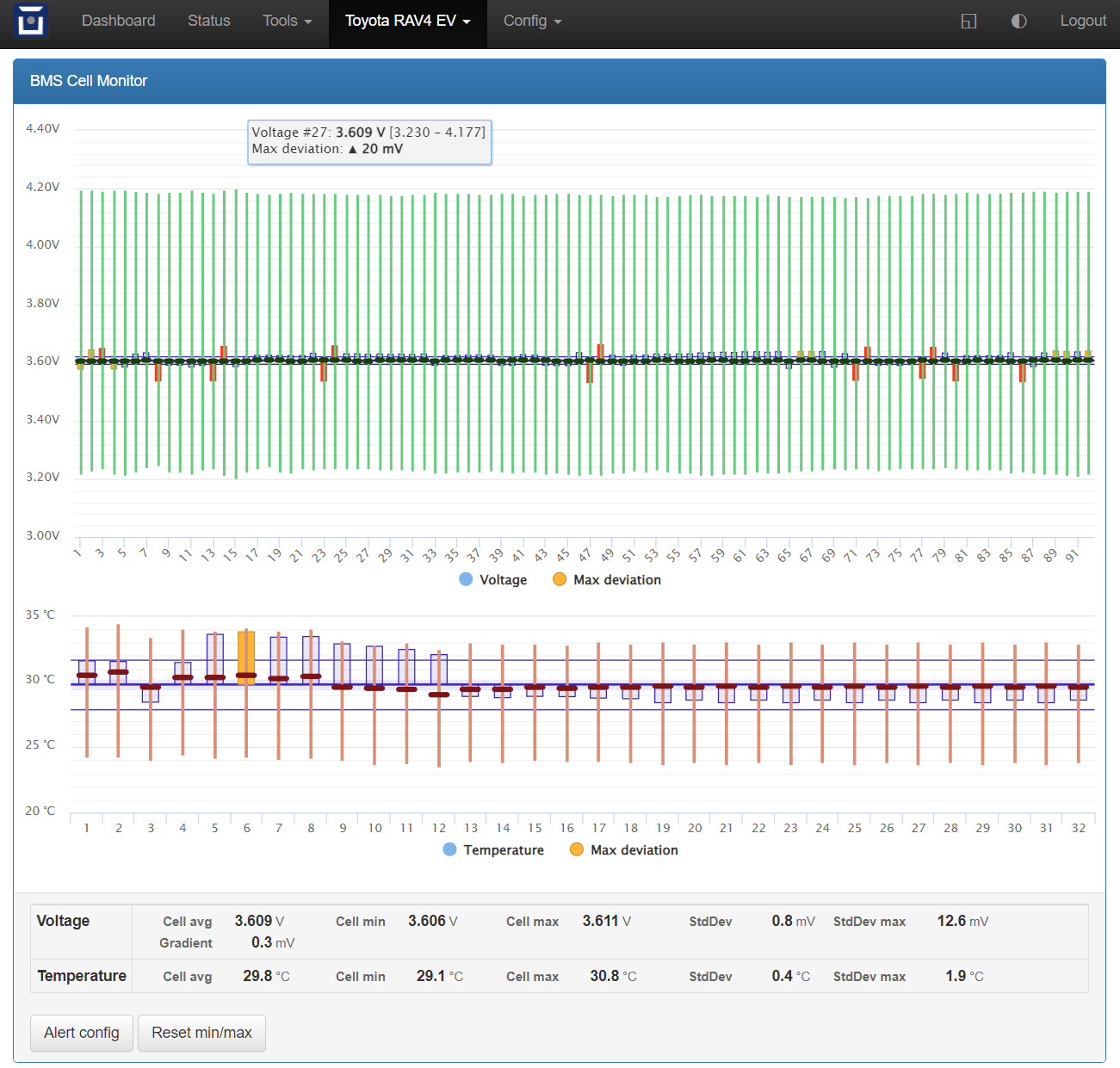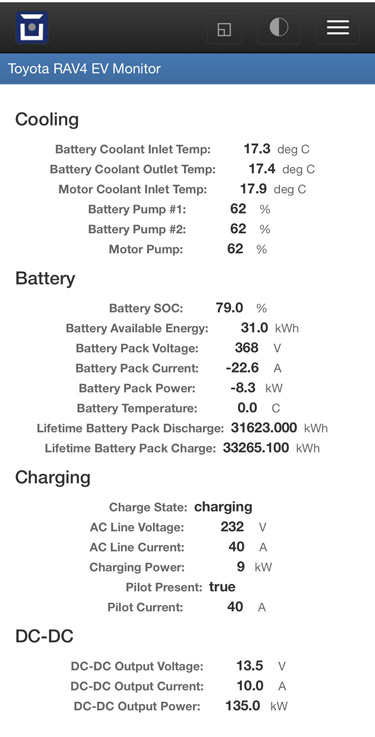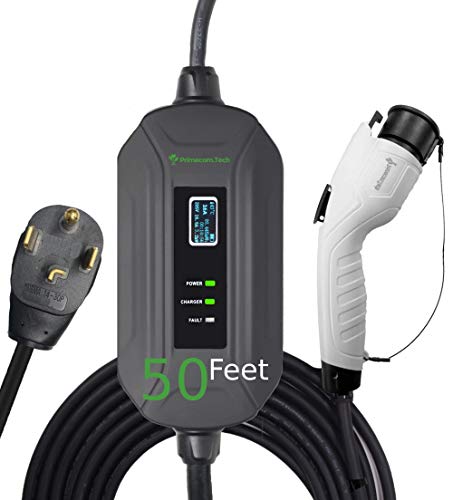I am trying to manually actuate the HV battery contactors in order to manually charge the batteries. I have a high voltage, low amperage power supply that I would like to connect to the HV charge cabling but I need to actuate the contactor in order to charge. I want to avoid dropping the battery pack to do this. Does anyone know of a way to do this? The current condition of my RAV4 EV is this.
1) The battery charge is very low, 262V +/-.
2) The original onboard charger stopped working a few month ago. I replaced the 50A fuses but it still would not charge.
3) I replaced the onboard charger with a Tesla Model S charger and that charger will not communicate to the ECU gateway which, I assume, is due to firmware incompatibility.
4) I would like to recover the battery now, just to get myself out of this deep discharge state before the battery gets damaged (if it is not already, though we do not think it is). Hence the call for help.
Also, if anyone has more information about why the Model S charger will not communicate with the ECU and suggestions on how to fix that, I would appreciate it. My next step will be to pull the Model S charger and switch boards from my original RAV4 charger to see if that fixes the communication problem. Any help on this so I am not working in complete darkness is appreciated.
Thank you,
Jim
1) The battery charge is very low, 262V +/-.
2) The original onboard charger stopped working a few month ago. I replaced the 50A fuses but it still would not charge.
3) I replaced the onboard charger with a Tesla Model S charger and that charger will not communicate to the ECU gateway which, I assume, is due to firmware incompatibility.
4) I would like to recover the battery now, just to get myself out of this deep discharge state before the battery gets damaged (if it is not already, though we do not think it is). Hence the call for help.
Also, if anyone has more information about why the Model S charger will not communicate with the ECU and suggestions on how to fix that, I would appreciate it. My next step will be to pull the Model S charger and switch boards from my original RAV4 charger to see if that fixes the communication problem. Any help on this so I am not working in complete darkness is appreciated.
Thank you,
Jim




